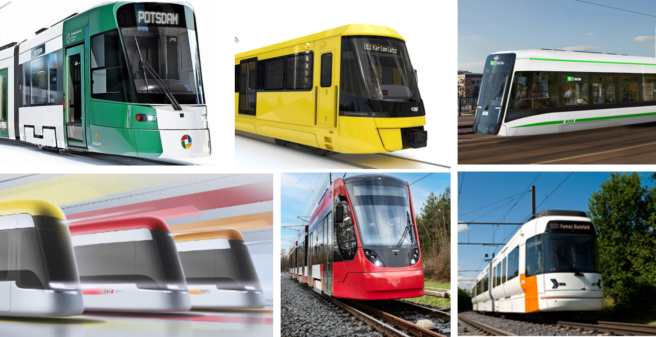
Despite the ongoing Covid pandemic, the German tram and light rail industry can also look forward to full order books in 2021. The number of tram, light rail and tram-train vehicles ordered has even increased from 297 to 369 compared to the previous year. The firm order for a total of 206 VDV Tram-Train vehicles plays a special role in this context. This also leads to the fact of Stadler being the market leader in 2021 with 71 % of market share, followed by Heiterblick/ Kiepe and Alstom (including exBombardier).
This market analysis goes back to 1993 when the first low floor tram fleets were delivered in Germany. It is now the 22nd list of this kind. In order to improve clarity, last year for the first time the newly ordered vehicles and those in production as well as the completed or known planned tenders were listed separately. This has proven successfully and will be continued for 2022.
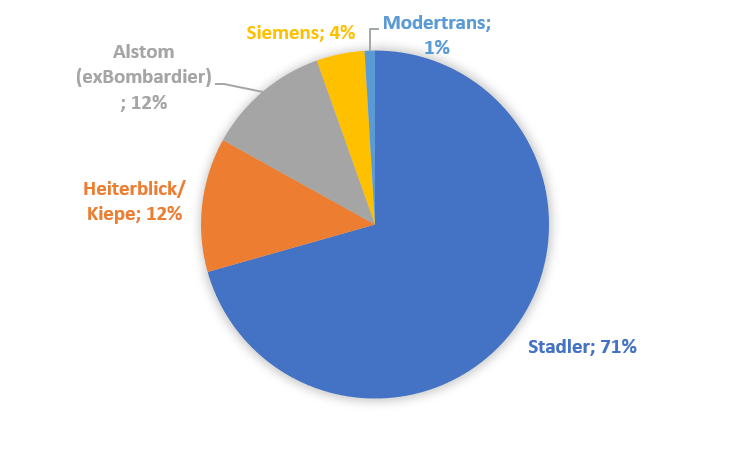
Market share overview of all trams, light rail and tram train vehicles ordered between March 2021 and March 2022
The tenders for the VDV Tram Train, which were dealt with separately in 2021, have now become firm orders. These vehicles with their different variants will also be treated separately this year, in part because of the participation of two companies in Austria.
The overview is rounded off with a summary of new vehicles delivered in 2021.
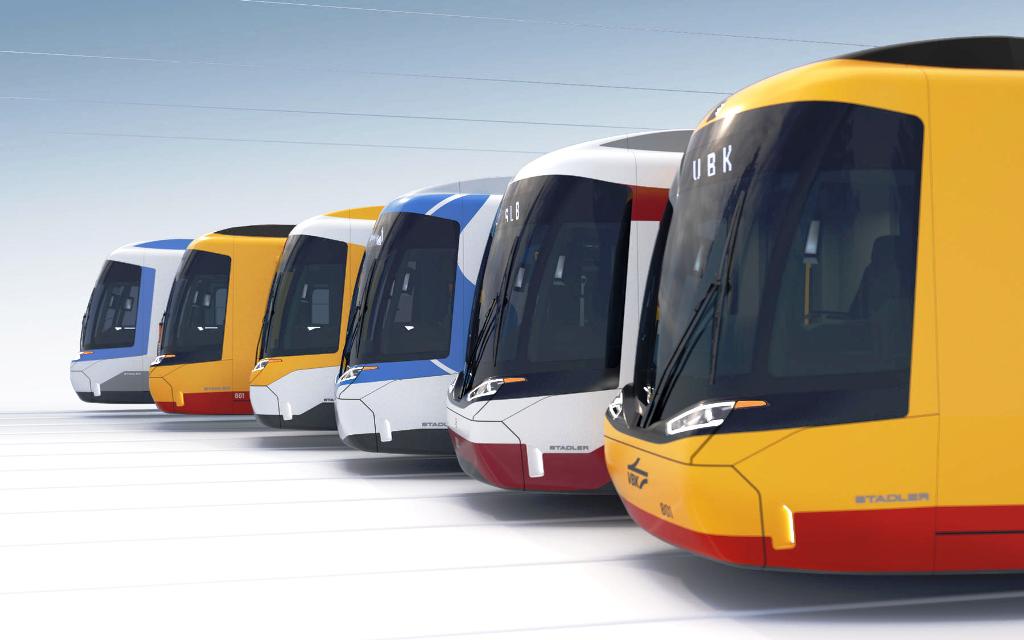
The market for urban public transport vehicles remains difficult
The delivery of vehicles on order continues to suffer from unfavourable general conditions; the Corona pandemic is one of the key drivers for raw material bottlenecks and worldwide logistics problems. When invitations to tender are issued and the contracts awarded, no one could have imagined that such external influences could impact the delivery schedules in such drastic ways.
Delays in deliveries, which even after the start of delivery extend beyond the usual extent, cause additional problems for both sides, contractor and transport operator, because on the one hand production capacities are blocked and on the other hand older vehicles have to be maintained and remain in service. Also planned service improvements cannot be implemented. Although the contracts usually contain penalties for late delivery on paper, those who want to maintain good business relations with each other then also look for individual solutions in order not to burden them with a legal dispute. Many of these agreements do not reach the outside world; instead of monetary payments, both sides are usually open to “payments in kind” in the form of maintenance services, additional spare parts or even entire additional vehicles. The latter, however, cannot be concealed from the outside world. With Alstom as the (legal) successor for Bombardier Transportation, two such “deals” have been announced for Duisburg (two low-floor cars) and Cologne (one high-floor car).
The situation described at the beginning of this article also has consequences for our table of vehicles in production or on firm order, as the number of new vehicles added is not reduced to the same extent by deliveries. Therefore we have included a comparision of the data of the last three years:
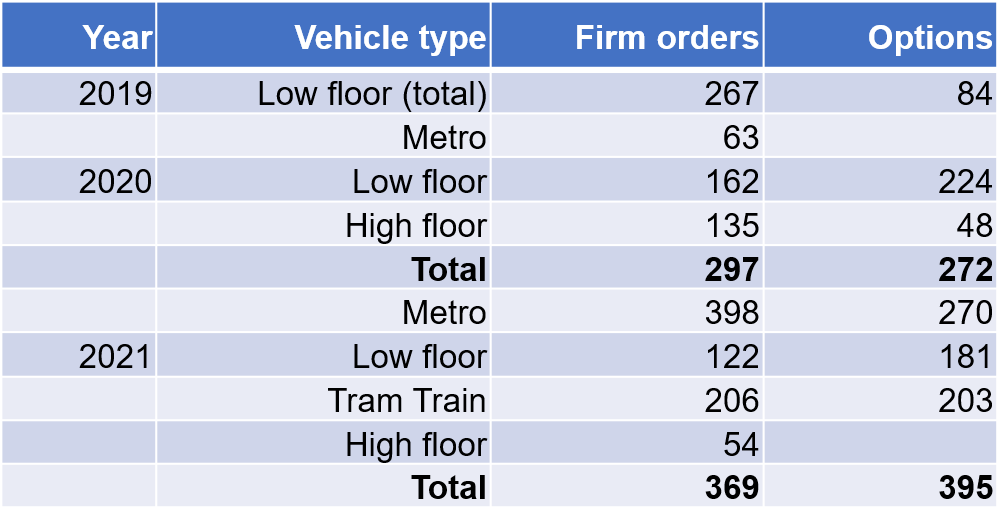
The order books are full, and given the options still to be redeemed and the new tenders, the future looks bright. However, it is expected that the current wave will flatten out considerably in the foreseeable future, namely when all German operators have placed their replacement orders for the high-floor light rail/tramway cars still in operation, some of which date back to the 1970s as well as a replacement of the first generations of low-floor vehicles. Of the current 54 operators, counting Essen/Mülheim/Oberhausen and Rhein-Neckar with Heidelberg, Ludwigshafen, Mannheim as well as OEG and RHB as one operation, only six of them Dessau, Gera, Gotha, Kirnitzschtalbahn, Naumburg and Schwerin have so far neither tendered nor ordered new trams. The vehicles in Dessau and Schwerin were only delivered in the new millennium, so there is no need to do so here for the time being. It remains to be seen how the more tourist oriented services in Kirnitzschtal and Naumburg will manage the legal regulatory requirements for barrier-free access to public transport. Gotha solved the problem with second-hand vehicles from Switzerland with low-floor entry, and in Gera there have already been concrete efforts for a tender, which, however, got stuck due to ongoing debates among local politicians.
From 3 to 206 units – all types of orders and sizes
The contract awards of the period from spring 2021 to spring 2022 are again basically divided into two categories: Conversion of existing options and new awards based on initial tenders. This year they relate exclusively to trams and light rail vehicles, and here for the most part to low-floor vehicles; the needs of the four German „pure“ metro operators seem to be covered for the time being. In Hamburg, however, there are initial plans for a new generation.
By February 2022, new vehicles have been ordered for 13 German municipal utilities and three regional light rail networks. The largest order is that of Tram Trains with 206 vehicles firmly ordered for Germany and a further 203 vehicles with options. In addition, there are 40 firm orders and 55 options for two operations in Austria. Stadler in Switzerland was pleased to receive this order, the largest jointly tendered order in a long time, also in terms of financial volume, for a vehicle family with many variants. The vehicles will be built at the Valencia plant in Spain.
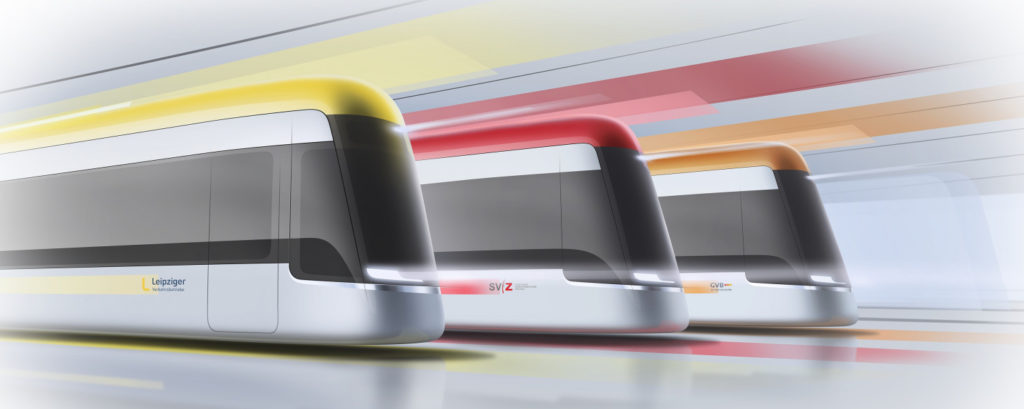
The example of the joint order of three companies from the federal state of Brandenburg, which was already reported last year, was followed in 2021 by Saxony. However, the starting position is somewhat different here: the considerable vehicle demand of the city of Leipzig was used by the small operators in Görlitz and the somewhat larger one in Zwickau to cover their new vehicle demand without the need to develop an entirely new tram variant and with the cost advantages of a larger order. For Görlitz, these are the first low-floor cars ever. The initial order of 39 tram cars in two different lengths is manageable, but will be supplemented by up to 7 options with a total of 148 units in both lengths. Interestingly, the track gauge between Leipzig (1,458 mm) and Görlitz and Zwickau (both 1,000 mm) as well as the vehicle width (Leipzig with 2,400 mm) and the other two with 2,300 mm will differ from each other. Contrary to the usual practice of car builders and a separate supplier of electrical equipment bidding together but continuing to act separately, after the contract was awarded the Leipzig company HeiterBlick of Kirow Kranbau and Kiepe-Electric, now part of Knorr-Bremse, formed a consortium under the name LEIWAG as the “Saxon Platform for the Tram of the Future”. For Leipzig, this is already the 4th generation of modern low-floor trams since 2005.
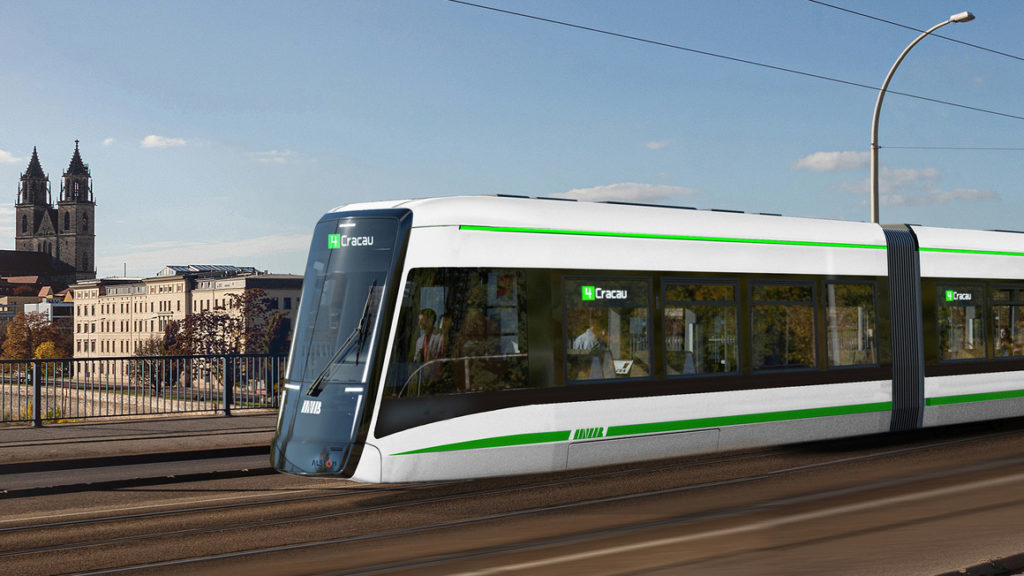
Magdeburg initiated the gradual replacement of the first generation of low-floor trams, consisting of 83 cars, with an order for 35 four-car units of the Bombardier Flexity-Classic platform from Alstom. In addition, there are 28 options.
Potsdam opted for the Tramlink from Stadler as a 7-car unit. Ten units have been ordered and there are 15 options. Here, too, the trams are built at the Valencia plant in Spain. The company already uses Variobahns from the Swiss manufacturer.
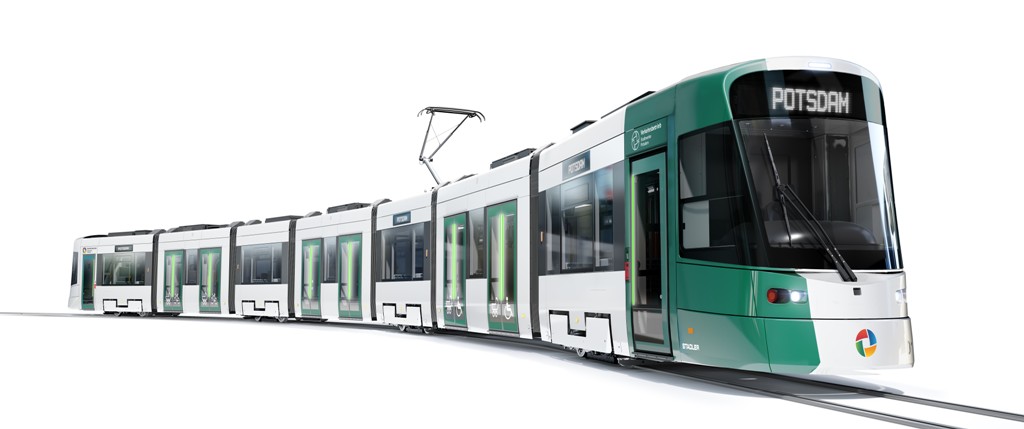
Particularly exciting is the order from one of the smallest German tramway operations in Woltersdorf, which today uses only two-axle trams from GDR production. The operation has been run by the neighbouring Schöneiche-Rüdersdorfer tramway for some time. To achieve barrier-free access, the operator invited tenders in June 2021 for up to four low-floor tram cars in bi-directional design with a length of up to 15 metres. Such vehicles do not yet exist in Germany and are not offered by manufacturers active here. Four-axle vehicles on two bogies are still the domain of Eastern European countries, where models with different low-floor proportions of between 30 and 100 percent are built in the Czech Republic and Poland, but also outside the EU in Russia.
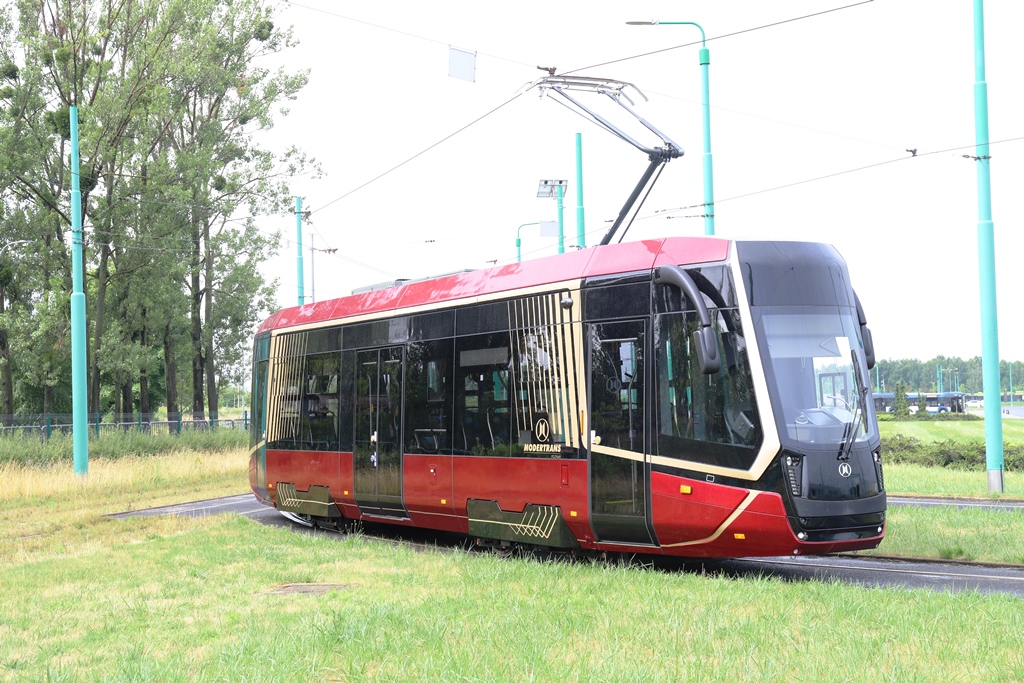
So it is not surprising that this company also submitted a bid and was awarded the contract for the delivery of initially three units plus an option. Contrary to expectations, the manufacturer did not offer the existing partially low-floor model (MF 11 AC BD), but a completely low-floor bi-directional version (LF 10 AC BD) of a four-axle unit for single-floor operation (LF 05 AC) that had previously only existed as a prototype. This means that another manufacturer from Eastern Europe has succeeded in entering the German market. After Solaris this is the second from Poland while Solaris’ tram activities have been taken over by Stadler when CAF procured Solaris in 2019.
It is certainly not without risk to buy a vehicle that so far only exists as a one-off in a different design and has no operating experience. On the other hand, Modertrans, a spin-off of the main workshop of the municipal tramway of Poznan, which has entered the vehicle construction business and is active on its premises, has supplied both its own company and other Polish cities with various models ranging from high-floor four-axle trams to multi-section low-floor articulated trams, all of which went into service without a hitch and which have been the basis for the new four-axle variant.
Currently, however, the Poznan transport authority wants to part with its stake in Modertrans and is looking for a buyer, so this could also be a factor of uncertainty for the Woltersdorf four-axle. However, it will remain an exotic with a very successful design in the already large variety of types in Germany.
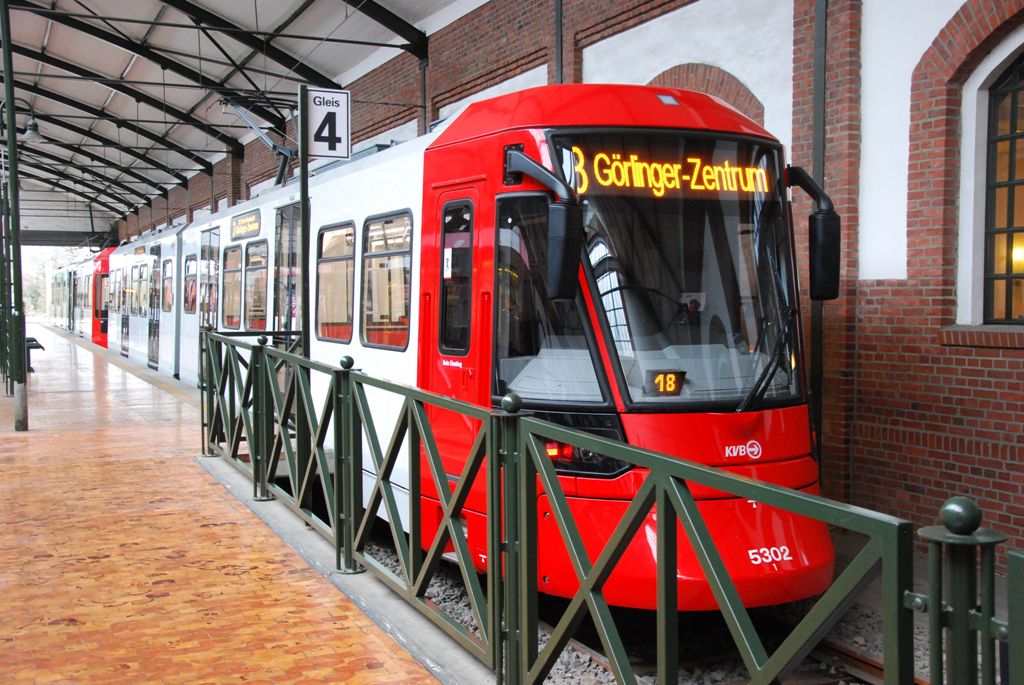
Two firm orders for Freiburg (8 CAF Urbos trams) and Nuremberg (14 Siemens Avenio trams) were converted from previously agreed contractual options.
Only 52 high-floor vehicles have been ordered for 2021, whereby one HF6 for Cologne has been added by the manufacturer Alstom (ex Bombardier) as penalty compensation to the already placed repeat order of six units last year. The order for light rail vehicles in the Essen-Mülheim standard gauge network, now operated by the Ruhrbahn as a merger of the transport companies of both cities, is no less exciting, but not very pleasing for quite a few of those involved. It shows what kind of inconveniences and pitfalls can lie in the EU-regulated public procurement system.
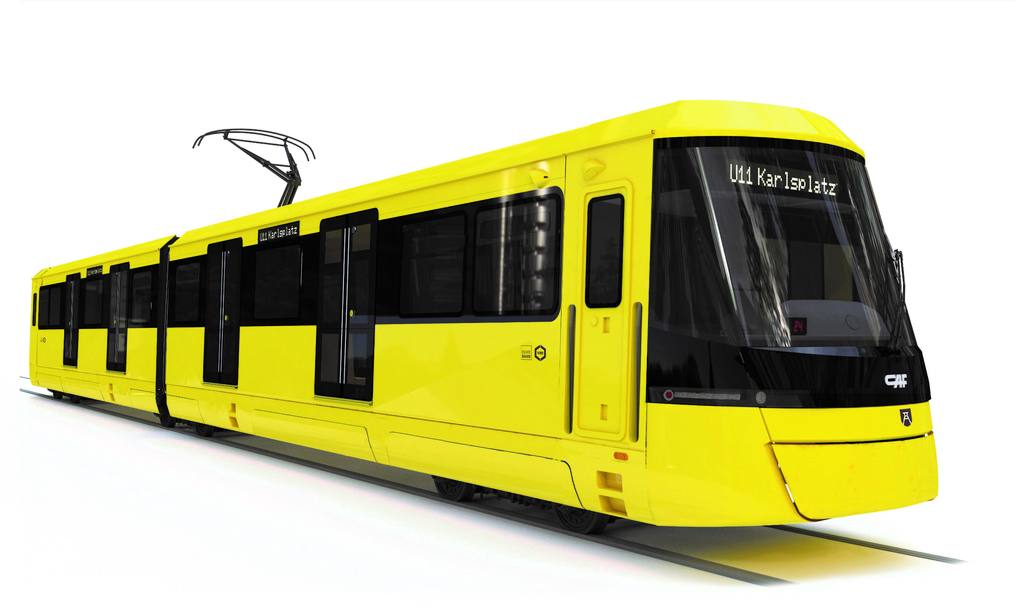
This unexpected and also new turn of events seems incomprehensible at first, but was well founded: HeiterBlick had to realise that the cost basis of their calculation from the beginning of 2020, on which the offer was based, could no longer be maintained due to the price development that had occurred in the course of waiting for a decision. It was also possible to utilise the production capacities with other orders instead of waiting for the uncertain outcome of the decision on the Ruhrbahn.
The tender process was eventually concluded, after a further delay, with the award of the contract for a total of 51 six-axle high-floor vehicles, which will replace the entire current stock of light rail vehicles B and second-hand vehicles from London. The recipient is now the Spanish company CAF. It may be assumed that this was the second-placed bidder in the tender. Again here in Essen, delivery of two advance vehicles for testing is initially planned.
Tender numbers are decreasing
The published or planned tenders have a lower numerical volume in this reporting period. Of the five planned tenders for Bonn, Braunschweig, Gera, Hanover and Stuttgart, four already existed in the 2020/2021 reporting period, only the one for Braunschweig is new.
There have been initiated new tenders for three operators – Kassel, Cologne and Rostock.
118 trams and light rail vehicles (68 high-floor and 50 low-floor) are permanently tendered as of 1 March 2022, in addition to 82 planned options (64 high-floor and 18 low-floor vehicles).
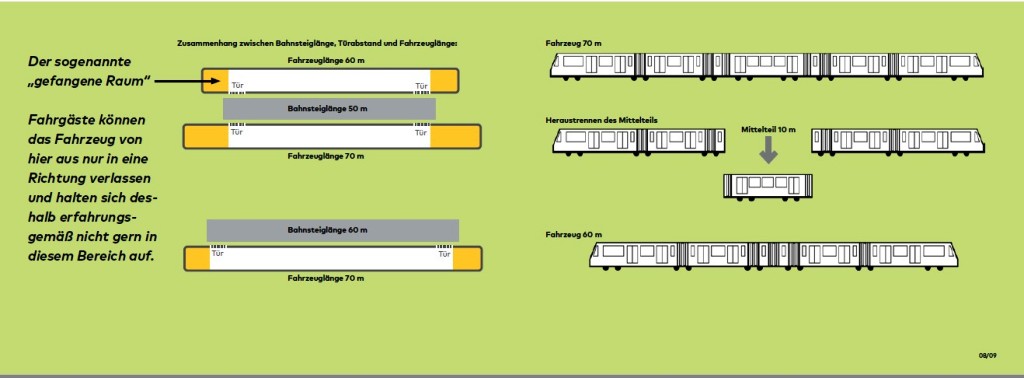
For their planned new high-floor vehicles, Hanover and Cologne made use of the newly created “Industry Dialogue”, in which manufacturers are invited to present and compare wishes and options with the companies, initially without any fixed intentions. In Hanover, this competition is about up to 275 light rail vehicles to replace the Generation 2000 in the years between 2025 and 2035. 42 vehicles are to be put out to tender initially. Their start is expected in 2022.
Cologne, on the other hand, has completed this dialogue and subsequently invited tenders. Already known is the plan to be able to connect two 30 m long vehicles, each equipped with only one driver’s cab, at their open ends to form a 60 m long train. What is new, however, is the wish to be able to extend this double train in the middle by ten metres by inserting a short intermediate car if necessary. Vehicle experts view this rather sceptically with regard to the drive possibilities and the driving behaviour with the numerous joints. It therefore remains to be seen what practical solutions the manufacturers will offer here.
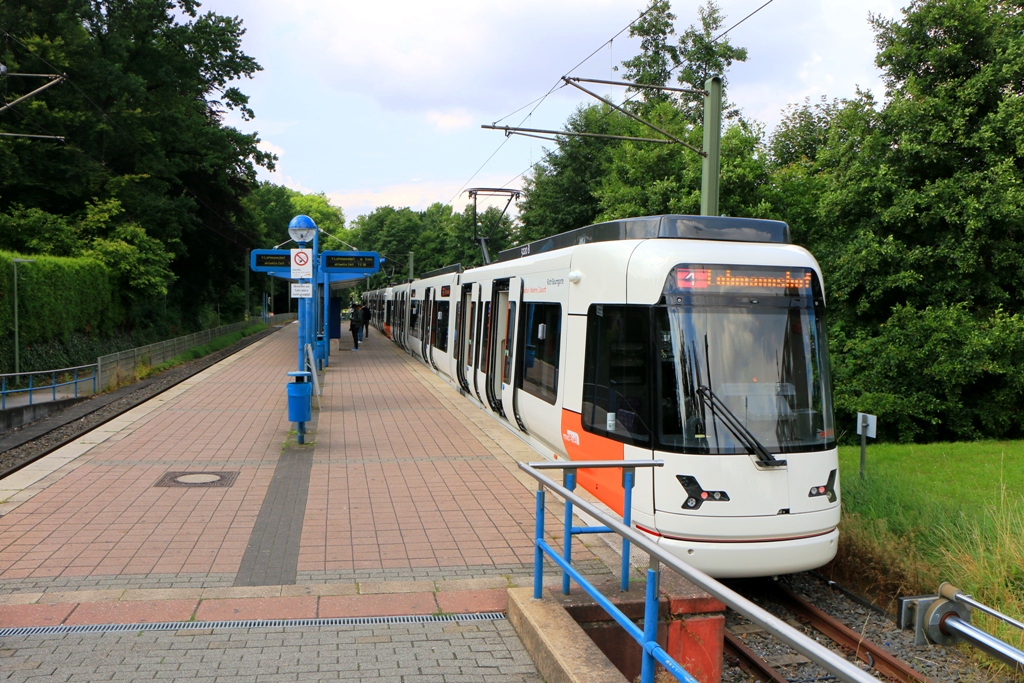
What is new in 2021?
Berlin has received its last GT8 – F8Z in 2021. In Bielefeld, further delivery of the VAMOS high-floor light rail vehicles began in February 2021, after a first advance vehicle arrived there in December 2020. In Bremen, delivery of the Avenio low-floor tram cars continues.
Dresden received the first of the new vehicle series NGT X DD on order in September. It is initially used for testing, more are yet to come in 2022 and the following years. In Duisburg, the first Flexity-Classic series vehicle arrived at the end of 2021
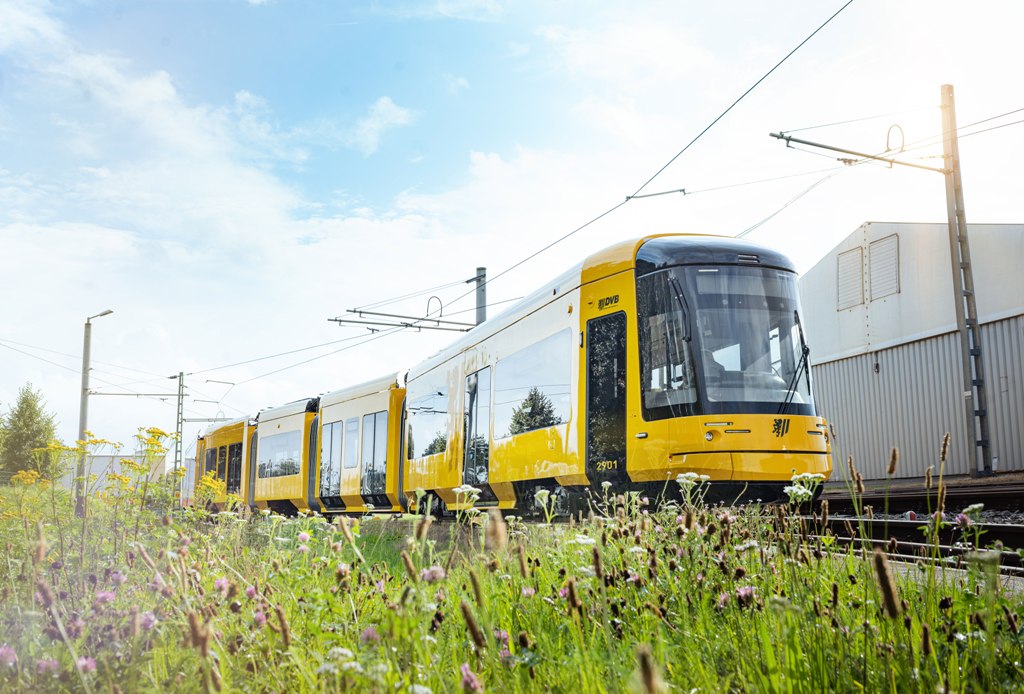
The start of delivery of the new Tramlink type, planned for Erfurt in 2020, was postponed to spring 2021, but from then on it ran quickly. Essen (Ruhrbahn) received the first two Flexity type NF4s in November 2021.
The start of delivery of additional middle sections to the existing U5-50 high-floor light rail vehicles in Frankfurt am Main, also planned for 2020, was also postponed to 2021. Hamburg received further DT5 units for its underground.
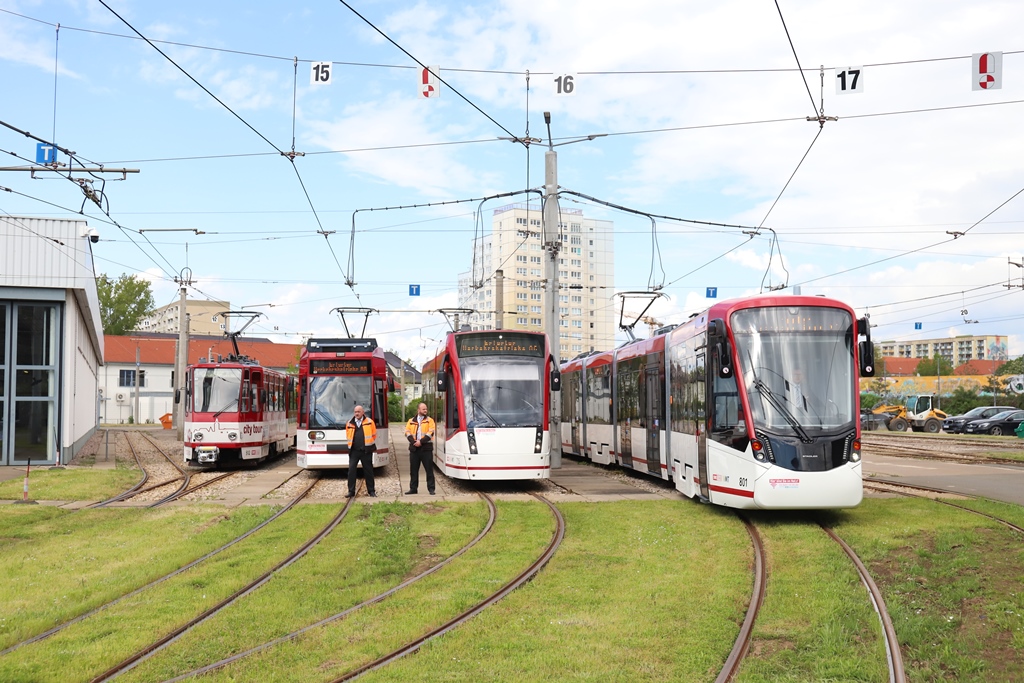
In Leipzig, the first two of the ten Traminos (NGT 10-XL) ordered for 2021 arrived in early 2022.
Delivery of the first back-ordered 73 four-units for Munich at the end of 2021 began on schedule in November, but initially only two units are available for testing purposes. In Nuremberg, delivery of the G1 four-car units for the metro continued with the reordered vehicles and will be completed in 2022. Stuttgart received the first two DT 8.15s for the light rail system and the first new vehicle for the metre-gauge rack railway, also before the end of 2021.
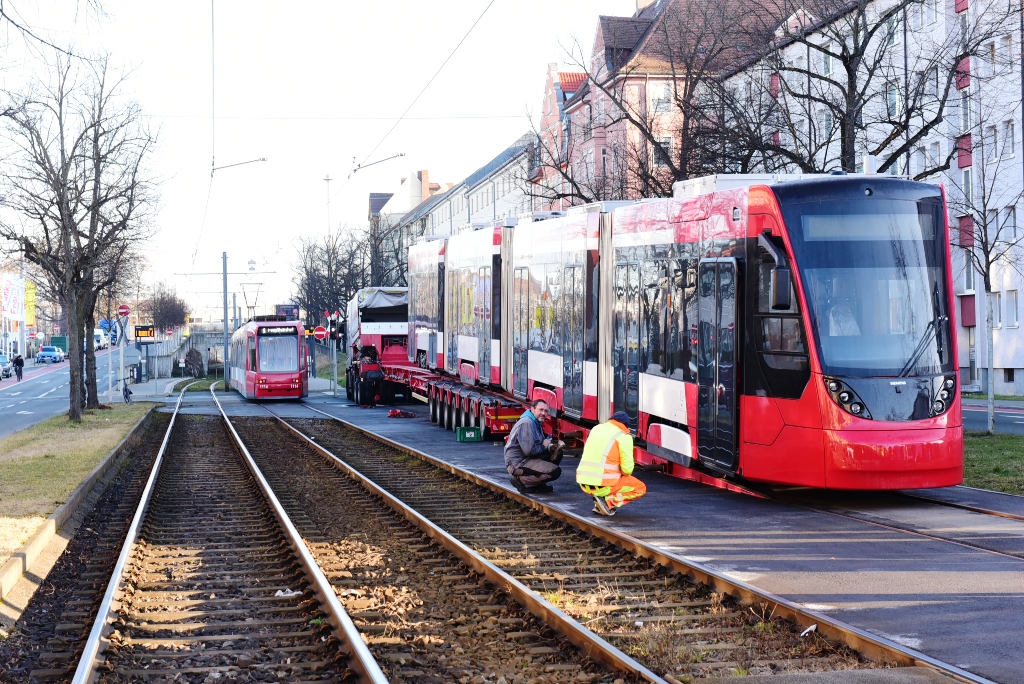
It should also be mentioned that in Gotha the first of the articulated wagons with low-floor centre section purchased from Switzerland in 2018 was finally able to go into regular service in December 2021 after lengthy adaptations for approval in Germany. The second will follow in spring 2022.
In the final weeks of 2022, Cologne received its first series-produced HF6 vehicles. After a year-long process, however, the approval was only granted with restrictions due to problems with the steps. Nuremberg got its first Avenio four-seater.
And what is still delayed?
Dortmund is now scheduled to receive its first new light rail vehicles in the first half of 2022. For Düsseldorf, numerous HF6 high-floor axle cars are currently still at the manufacturer Bombardier in Bautzen, as the company did not accept any cars. A total of 57 units have been ordered, the delivery of which should actually have been completed by 2020! After submission of the required expert opinion and elimination of the problems as well as agreement on the further progress, a start of delivery by the manufacturer was promised for the beginning of 2022. After difficulties with the folding steps (as in Cologne), this has now been postponed until spring. It will be seen if the issues will be managed.
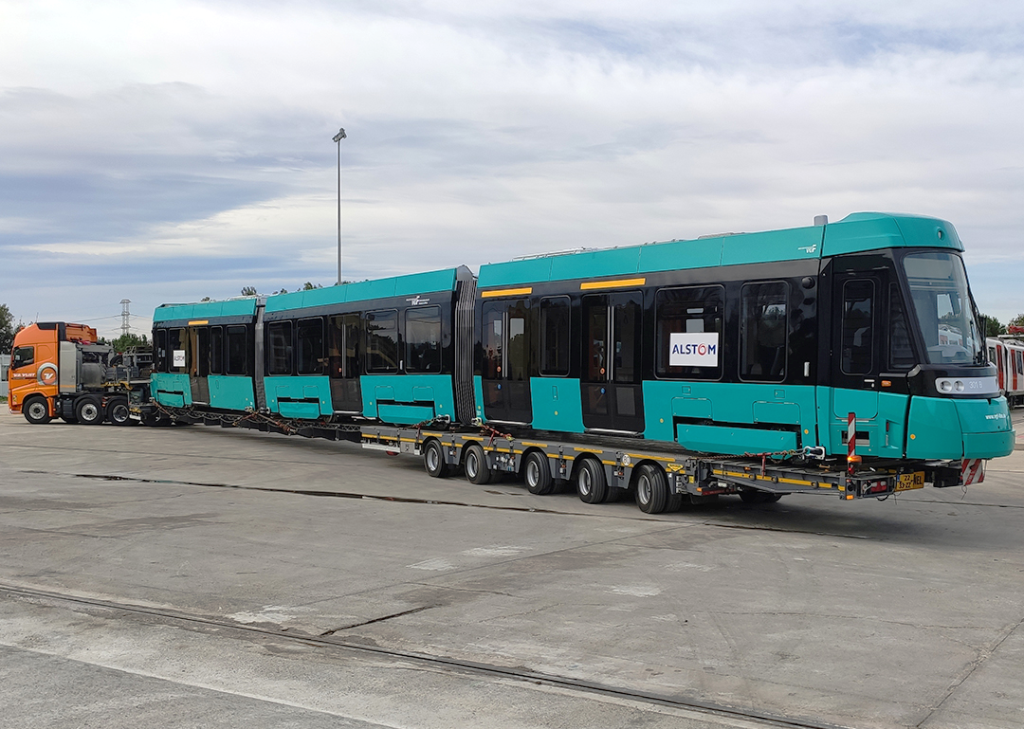
The first two Type T advance carriages, expected in Frankfurt am Main as early as 2020, were supposed to be delivered in early summer 2021, but have still not arrived by March 2022. The first one was on its way from the Barcelona factory to the Bautzen test centre in February.
Delivery of the first units of the new type of Rhein-Neckar tram is delayed beyond the expected date December 2021 until spring 2022.
Which deliveries in 2022?
It is planned to deliver the new vehicles on order for Augsburg, Bonn, Berlin (3 pre-series vehicles), Darmstadt, Frankfurt/Oder, Jena (end of 2022), and Würzburg.
It remains to be seen whether this will happen in view of the existing and newly added external circumstances!
Table 1: Vehicles on order or under construction (without TramTrain)


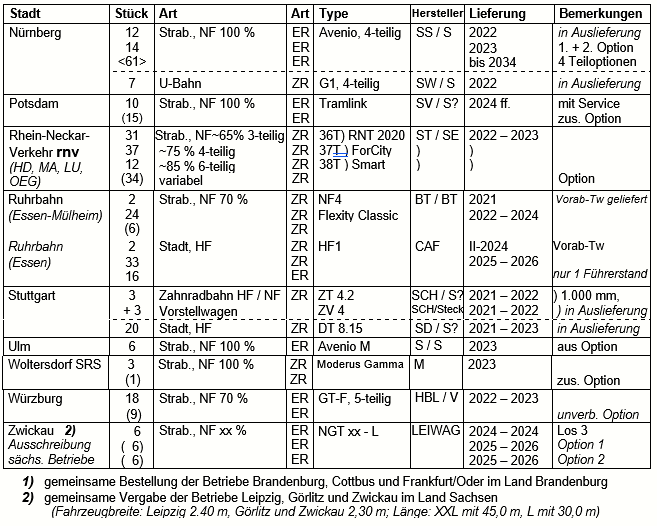
Table 2: Open and expected tender processes
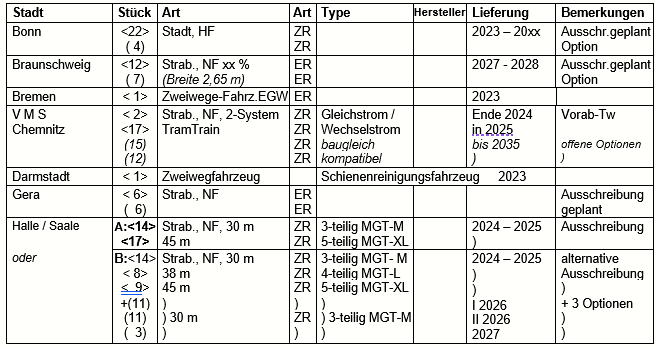
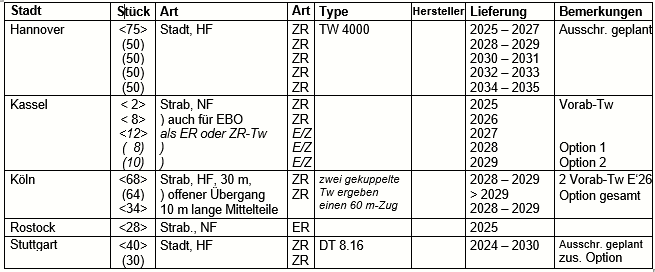
Legend: Number of vehicles: xx = Number of ordered vehicles, <xx> = Number of vehicles which have been tendered, (xx) = Optional vehicles;
Type: vehicle type as used by the respective operators;
Manufacturers (mechanical part/ electrical part): ABB: ABB Switzerland, AT: Alstom Transport, BT: Bombardier Transportation, C: Cegelec, CA: CAF Spain, HBL: HeiterBlick Leipzig, K: Kiepe Electric, SO: Solaris Tram (now: 100 % Stadler), SP: Stadler Pankow, SS: Stadler Switzerland, SU: Stadler Hungary, SV: Stadler Rail Valencia, ST: Škoda Transportation, STF: Škoda Transtech, Finland, SE: Škoda Elektra, S: Siemens Mobility, V: Voith Digital Solutions Austria
Tabelle 3: VDV TramTrain – orders and option as per January 2022
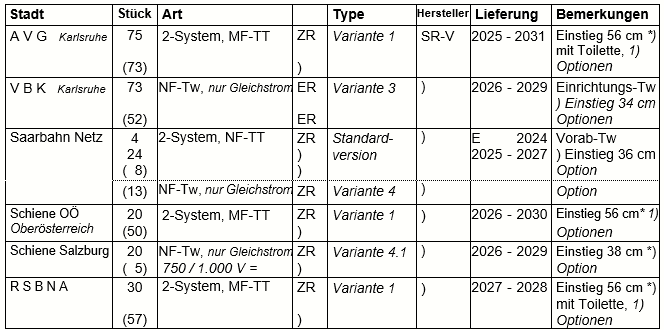
Comments to the TramTrain order:
Standard version: three-section, eight-axle 37 m long ZR-Tw (Do-traction = 75 m), three drive bogies (Bo’Bo’2’Bo), air-conditioning of passenger compartment and driver’s compartments, step-less entry at 36 cm.
Variant 1: three-section, eight-axle 37 m long ZR-Tw (Do-traction = 75 m), air-conditioning of passenger and driver compartments, toilet in the middle section, step-free entry at 56 cm (further entry via step [depending on operator] at 34 cm or 38 cm)
Variant 3: three-section, eight-axle 37 m long ER-Tw, 750 V DC, two drive bogies, five doors with entry height 34 cm, air conditioning in passenger and driver compartments, toilet in the middle section, toilet in the driver compartments driver’s compartments
Variant 4: three-section, eight-axle 37 m long ZR-Tw, 750 V DC, air-conditioning in passenger and driver compartments, boarding height 36 cm
Variant 4.1: three-section, eight-axle 37 m long ZR-Tw, 750 ~ 1,000 V DC, air-conditioning in passenger and driver compartments, access at 38 cm
RSBNA Neckar-Alb regional light rail project company
ENAG Erms-Neckar-Bahn between Reutlingen and Tübingen (replaced by RSBNA)
SFBW Schienenfahrzeuggesellschaft Baden-Württemberg procures all trains for AVG and RSBNA
24.03.2022

Great article with a lot of research and work behind it. Just a detail about the number of VDV tram-trains: the firm order is 246 vehicles instead of 206 as mentioned. On the other hand, the vehicles under option are 258 in total, not 203.
The article is only about the VDV tram trains for the German market